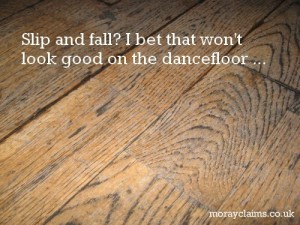Imagine you’re in a job where you’ve had to work long hours under high pressure over a couple of years and without any sign of change. You’ve complained to your superiors about the increasing workload, both in person and via email. You’ve requested an immediate increase in staffing levels. You’re swamped with work but no help arrives. Your health deteriorates to the point where you suffer a nervous breakdown because of the pressure. You are off work for several months. Before you go back to work, you have a meeting with your superiors about the causes of your ill-health – the main one being your workload. They reassure you by offering you help with your work from a fellow employee. On your return to work, you find that only a few of your files have been covered by co-workers in your absence. The paperwork has been allowed to build-up. Worse, the colleague allocated to help you is moved to other duties within a month of your restart. The workload continues to increase. It’s an Continue Reading
Slip and fall? I bet that won’t look good on the dancefloor …
Dancefloors can be dangerous places. The combination of spilt drink, variable lighting and alcohol consumption means that falls can easily happen. Broken wrists are the most popular injury in our experience but leg injuries are also common. Claims based on occupiers' liability If you have been injured in this sort of situation, following a slip and fall, it may be possible to make a claim based on Occupiers’ Liability. The occupier – basically whoever has control of the premises – has to take reasonable care to see to it that people are not injured due to the state of the premises – which includes wet floors. Wet surfaces are not necessarily slippery? Unbelievable as it may seem, the courts have actually said that it is not self-evident that a wet surface is “slippery”. If liability for an accident is denied it can be necessary to get an engineer to carry out a slip-resistance test on the surface in question to provide a scientific measure of whether the floor poses a low, Continue Reading

